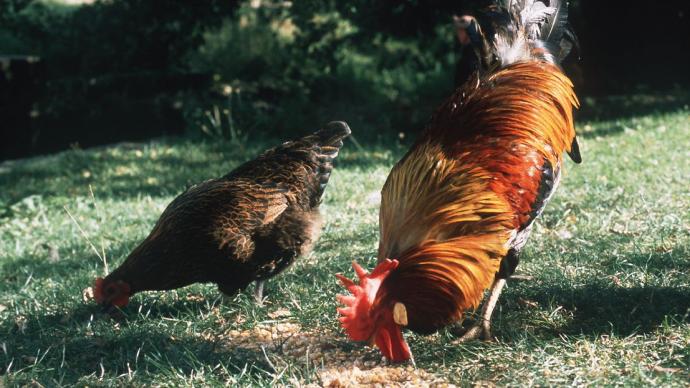
The French Strategy for Animal Welfare
Partager la page
Over the past decades, animal welfare has become an increasingly central concern and consumers have raised their voices to stand for a more in-depth consideration of this issue.
Although animal welfare is already strongly regulated by both the European Union and the French Legislations, the French Agriculture Ministry has gone one step further by issuing an ambitious strategy for animal welfare, considering that it is an essential component of sustainability in agriculture.
This five-year strategy has been developed with the aim of better integrating the issue of animal welfare into agricultural practices. To this end, the French Ministry of Agriculture has consulted the industry stakeholders: ranchers, veterinarians as well as non-profit organizations.
The different objectives of the 2015-2020 Animal Welfare Strategy:
- To develop and share knowledge while stimulating innovation. A National Reference Centre will coordinate research and develop a technical expertise on the subject.
- To involve stakeholders at all levels of the strategy ; especially ranchers, veterinarians as well as employees of animal transport companies, and slaughterhouses
- To pursue the efforts towards more humane practices at every stage of animal production: during farming, transportation and at the slaughterhouse
- To prevent and address animal abuse
- To communicate on the progress of the program
Many initiatives have already been continuously undertaken by the breeding industries to improve animal welfare over the last years.
The example of the Cattle Sector
A Charter of the Good Farming Practices was defined in 1999: Today, 94 000 ranchers have voluntary become adherents to the Charter (92% of milking cow ranchers; 67% of sucker cow ranchers thus overall accounting for 78% of all bovine animals). This Charter includes requirements about Animal Welfare
According to the Charter, the animal:
The respect of the Charter is assessed every two years by a technician who checks out the breeding practices and proposes sources of improvement.
This Charter has become a valuable tool of progress with regard to Animal Welfare. It is regularly reviewed taking into account new regulations, technical improvements and societal expectations as they evolve.
- must not suffer from hunger or thirst;
- must not suffer from discomfort;
- must not suffer from pain, wounds or illnesses;
- must be able to express their natural behaviors;
- must not suffer from stress or distress.
According to an actor of the Cattle Sector, the most important achievements conducted over the last 15 years regarding Animal Welfare can be described as follows :
“Chronologically, the first efforts were directed towards the improvement of feeding practices. Then, a better understanding of animal behaviors and enhanced estimations of non-specific risk factors in animal health became integrated to the conception of farm buildings. More specifically when new barns are built, the geographical exposure takes into account the climate and the dominant winds considering the fact that the cattle can’t bear airstreams. Moreover, a natural air flow is set up above the animals in order to renew the air and avoid the condensation of water on the animals– thus reducing the risk of respiratory diseases. Natural light also is a critical factor to animal well-being and is provided to animals thanks to transparent materials and skylights. Not only is this practice good for the animal’s comfort, but long photoperiods also improve reproductive functions and milk production.
Moreover, calves are now enabled to express their natural behaviors thanks to the transition from “one animal boxes” to common spaces where they have more room to exercise and diversify their movements. This compulsory measure goes along with their feed enriched in fibers that are necessary to the rumen development.
In addition to “on farm practices”, good practices in specialized animal transportation and at the slaughterhouses have been developed for cattle. “
The on-going efforts that are being led by the different agricultural sectors are consistent with the French Strategy for Animal Welfare 2015-2020 that will provide a back up to these actions.
Pour en savoir plus :